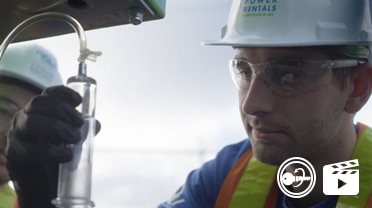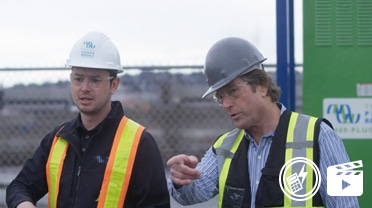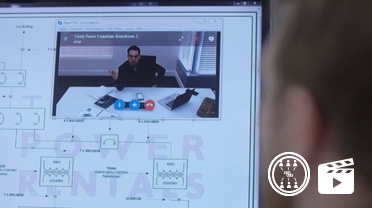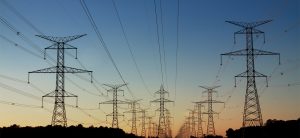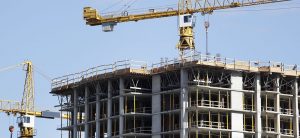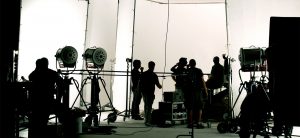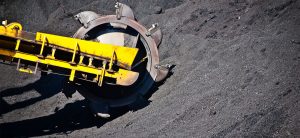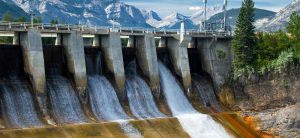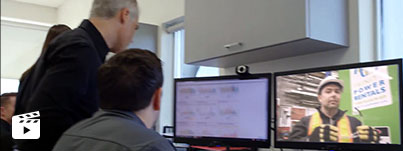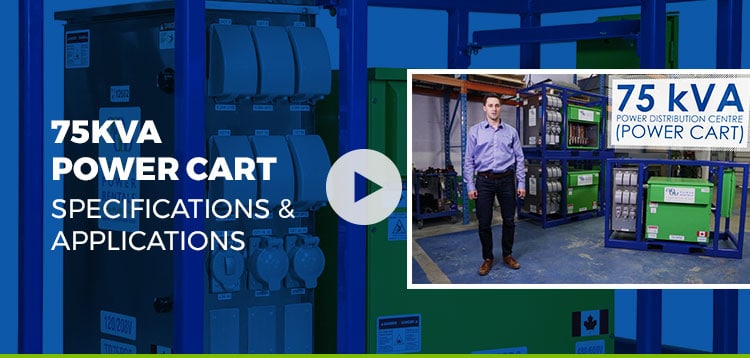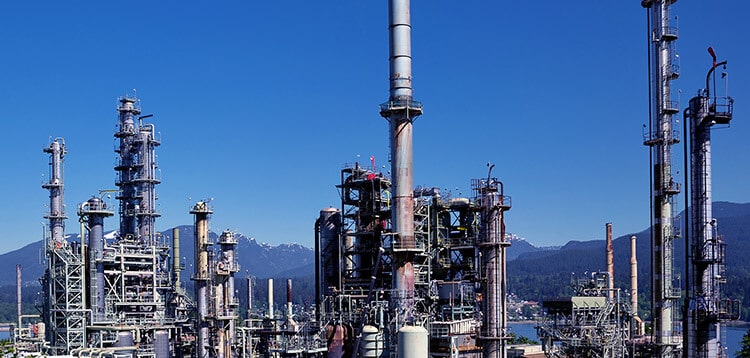- OUR APPROACH
-
COMMITTED TO YOUR SUCCESS
Our approach, developed over decades of experience, is fine-tuned to get the results you want.
We deliver concept-to-completion solutions, designed by temporary power specialists with access to the largest inventory of high-quality power generation and distribution equipment in North America.
-
- Equipment
-
RENTALS
From a wide range of diesel and natural gas generators to transformers, cable, light towers and more, our large rental fleet and extensive vendor network ensure we’ll have the temporary power equipment that your project requires — every time.
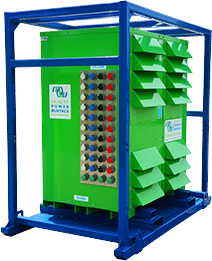
-
- Industries
-
INDUSTRIES WE SERVE
For nearly 20 years, we have been at work powering projects across Canada’s industrial sectors.
Select from this sampling of industries to learn how we can put our expertise to work for you.
VIEW ALL- Projects
- About
-
A PROUD HISTORY. A BRIGHT FUTURE.
From our inception in 1998, we have been building our team on a foundation of excellence. Our team members’ passion, expertise and commitment are what have allowed us to grow into a national company with projects across Canada.
Click on the links to learn more about our history, our team or our career opportunities.
- Blog
- Contact
-
The crowd delighted in the illuminated brilliance of the first fully electrified World’s Fair. For Nikola Tesla it was a momentous occasion that should have cemented his position as the foremost inventor and engineer of his era.
But the fever and fury between the technology espoused by Edison and that by Tesla was not without collateral damage. George Westinghouse, the first man to back his belief in Tesla with a financial commitment, had exhausted his monetary reserves in winning both the technical and the legal battle with his rival Thomas Edison. Edison had been absorbed into General Electric while Westinghouse continued on, bloody and beaten. Tesla, meanwhile, had his sights set on larger achievements.
Since his childhood, Tesla had dreamed he would tap the vast, immense power of Niagara Falls. He envisioned he would be the first to use its potential. He would succeed where others had tried and failed. Given the ferocious energy that seemed contained within the cascading water, finding a way to use it could prove revolutionary.
From a technical standpoint, what made AC power a successful form of transmission over vast distances was its ability for voltages to be increased substantially. Those high voltages diminished line loss. It gave feasibility to the idea electricity generated in Niagara Falls could be consumed in New York City. An idea pioneered by Tesla with the work he accomplished on expanding the application for electromagnetic induction.
(Michael Faraday was the first to discover electromagnetic induction in 1831. Mr. Faraday was the first to detect a current flow in a copper wire that shared a common iron core and publish his findings on the principle of electromagnetic induction. Tesla expanded the idea to the modern industrial transformers the electrical power generation industry uses today.)
In 1893 Westinghouse was awarded the contract to harness Niagara.
The financial backers of the War of the Currents (a clash of Direct Current and Alternating Current technologies) cooperated for the sake of profiting from the new venture. Five prominent financiers (J. P. Morgan, John Jacob Astor, Lord Rothschild, and W. K. Vanderbilt) came together trusting that Tesla could deliver on his promise. J. P. Morgan, in particular, had been moved by Tesla’s display at the World’s Fair in Chicago.
J. P. Morgan steered the investors through almost five years of a difficult construction process: Digging into the bedrock under Niagara Falls to install power turbines A process that only one person never doubted would work: Tesla himself. The rest of the players, in particular George Westinghouse, had their confidence shaken, both literally and figuratively.
Despite being one of the backers of Tesla’s vision, J. P. Morgan was manipulating stocks and undercutting Westinghouse to achieve his real goal: bringing all hydroelectric power under his control. He was starving out Westinghouse in the hopes he could acquire the rights to Tesla’s precious patents.
In 1896, just as power was first being transmitted to Buffalo, George Westinghouse approached Tesla with a difficult decision. Would he consider revoking the generous royalty agreement the two men had agreed to? Tesla was close to achieving his goal: New York City would soon be awash in lights. 10 power turbines were nearing completion on the Falls and Tesla had no reason to doubt he could achieve even greater feats of engineering.
George Westinghouse was the first person to have placed such enormous faith in Tesla and his (as yet) unproven technical blueprints. Without hesitation, Tesla rescinded the agreement. It was an act of generosity that would have considerable repercussions on his finances and his legacy.
Related Articles
Subscribe for access to exclusive content
